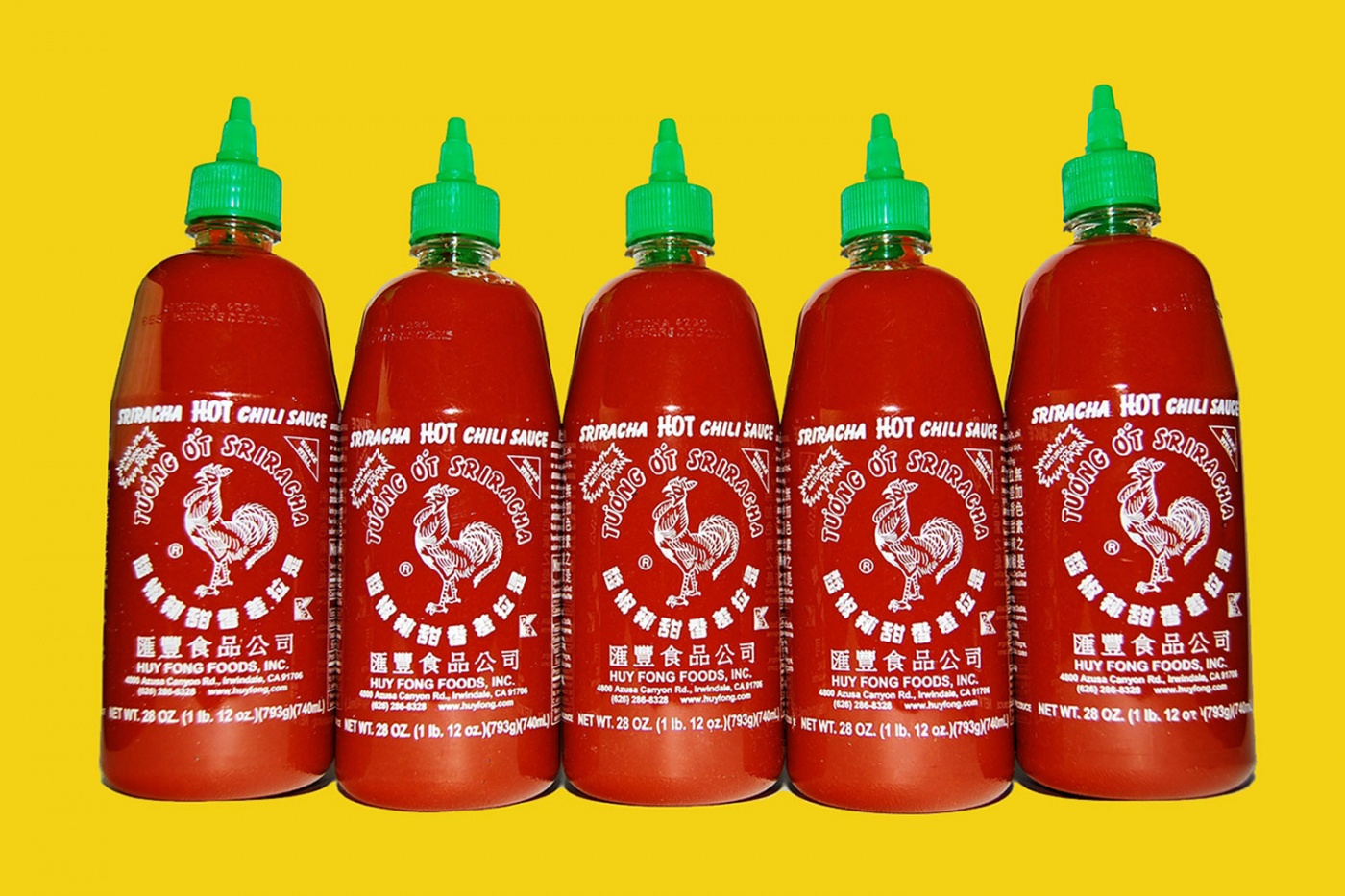Why I am Obsessed with Sriracha
There were days when I struggled to pronounce its name correctly—see-ra-cha. Other times, I piped it on anything and everything; plain tortilla chips, steamed rice, toasted sourdough, scrambled eggs in the morning, pepperoni pizza, my fat fingers, the list goes on. All would be fine till the dreaded the last drop, usually a result of poor planning and lack of foresight. There and then, I would overturn the bottle and shake it with all my might. The empty bottle lets out a squeaky dry whistle followed by a splutter. I clean the tip up with a spot of dried toast and proceed to fill the bottle with a little water in anticipation of vegetable stir-fries which could benefit from a spot of sriracha. I might be scraping the bottom of the barrel here, but hey, minimal waste is quite the trend nowadays.
From the influx of Asian condiments that have filled my boyfriend’s pantry shelf after moving in, I’ve always had a soft spot for soy sauce and five-spice. Sriracha only walked into the picture due to its heavy involvement in a pulled pork recipe, we’ve tried and later worked to death for parties. You’ve probably seen the bottle. Clear, filled with an ominous bright red sauce, proudly donning a huffy-looking rooster and a lime green squirt cap. Most of the time, you’ll find it next to the chopsticks at Vietnamese pho shops, or you might see its tinier incarnations in trendy eateries such as Bao Boy on Hong Kong street. You might have even heard of it being referred to endearingly as ‘rooster sauce’. Call it what you want, but sriracha has universal appeal. Asian-born, American-made, at least this pan-ethnic product doesn’t get yelled at “Go back to (insert Asian country here).”
In the first place, how did this beloved sauce gain popularity? And does it ever go bad? Let’s start at the beginning. In 1980, Vietnamese immigrant, David Tran started a company Huy Fong Foods to produce Sriracha sauce. Named after Si Racha, an eastern coastal city in Thailand, a move that coincidentally led to its demise since the product couldn’t be trademarked later on leading to shameless recreations and crossover products. But the product kept its pocket-sized share of the condiments market for the next 20 years, servicing only the industry know-alls through word-of-mouth recommendations.
Fast forward to 2009, Bon Appétit named it Ingredient of the Year and the daring hipster hot sauce got the heavy endorsement of Rockstar chef David Chang who then allowed his patrons to sauce down his Momofuku dishes liberally with sriracha. Sales skyrocketed and soon there were sriracha cookbooks, food festivals celebrating sriracha and even sriracha swag. It was the coolest condiment on the table, till jealousy breeds contempt and other brands started hamming up the copycat acts in order to get a slice of the pie. Very quickly, the feisty sauce which was well known amongst niche goods purveyors to be an indie product, had punters developing a backlash against it. That’s the problem when you go mainstream. Consumers who took a bite into the sriracha candy cane, hoping to get a taste of Huy Fong’s sauce were greeted with a mouthful of instant regret.
Just like those ‘deadly’ social media mishaps, they soon blow over—and sriracha weathered the storm. In fact, the true winners are you, me, and those stockpiling sriracha bottles with enthusiasm, slathering it on everything—unfazed by the advertising hoopla and fear of hipster rejections. Who cares what you think of me when I profess my love for Sriracha. Are we masochists? Sugar hoarders? These withering marks won’t hurt nobody.
Take it from David Tran himself who has made the bold decision to bring back sales to Asia, a rare case of a product being reintroduced to its land of origin after being remodelled overseas. The sales figures say it all, with Asia-Pacific accounting for 51% of global sales. In promotional campaigns, the proud captions “Made in U.S.A” stand out. “It’s not a Thai sriracha. It’s my sriracha,” Tran told the New York Times. Rightfully so, and I stand firm in the face of revolted looks being thrown my way when I squirt it on the bœuf bourguignon my French boyfriend had slaved over. And in case you were wondering, Sriracha doesn’t require refrigeration once you pop open the cap, mainly because it contains vinegar (and tons of sugar). It does, however, go bad after 9 months of being on the counter—not that it would last that long anyway with frequent usage. Take it from me.


